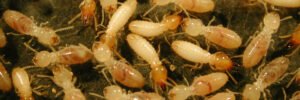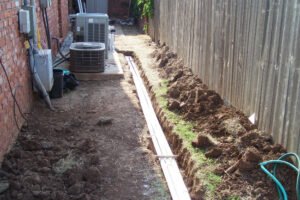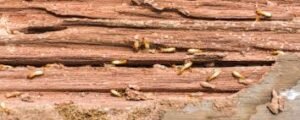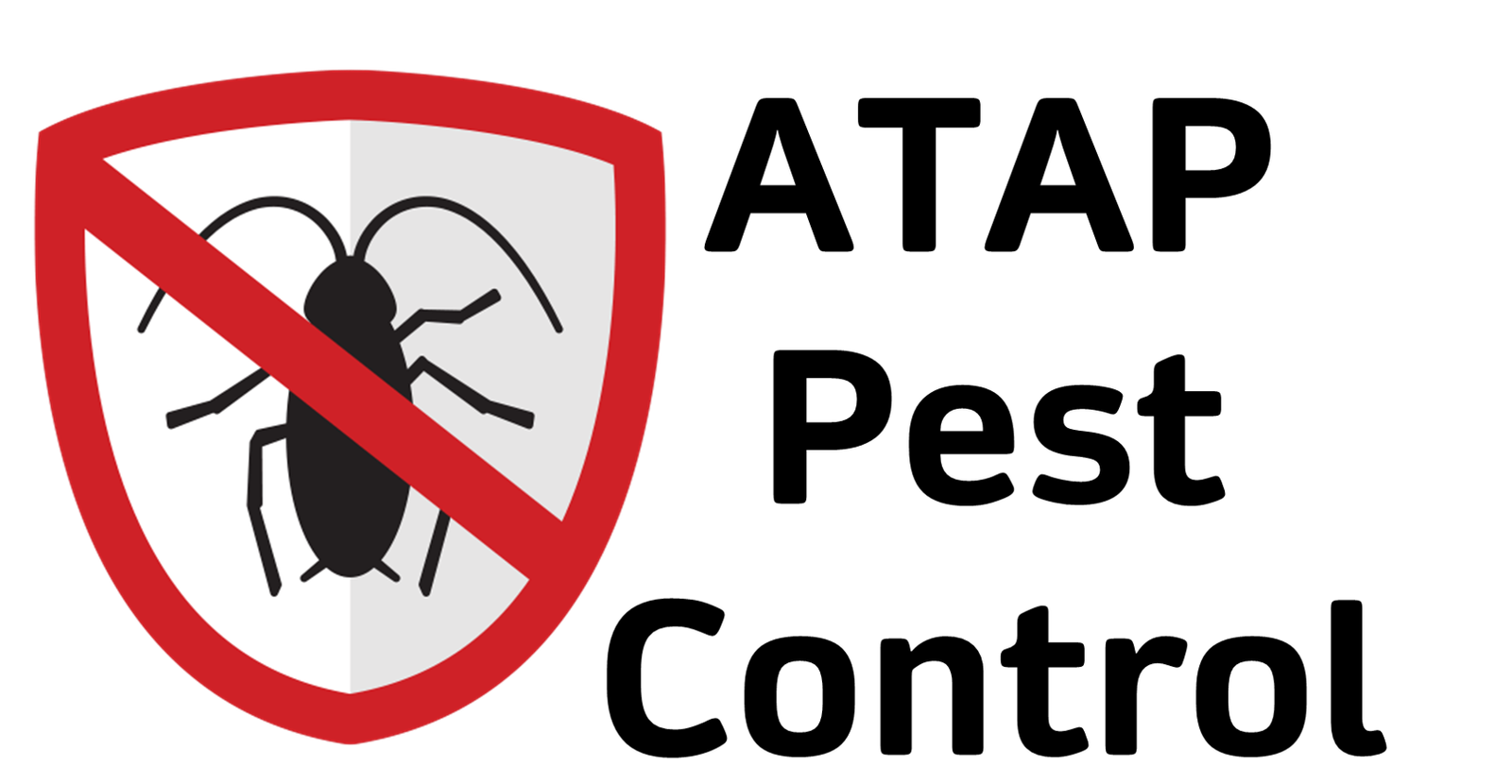Let’s Talk about Pests! Specifically, let’s talk about TERMITES!!!!

Termites all belong to the phylum Arthropoda, the class Insecta, and the order Isoptera. There are over 2,000 different species of termites with over 40 species in the United States alone. Most of these insect species look very similar to one another, typically measuring between 1/4 and 1/2 of an inch in length with soft bodies and straight antennae. They can range in color from white to light brown, while the worker termites tend to appear lighter, while swarming termites are darker.
Termites commonly live in wooden structures, decayed trees, fallen timber, and soil. Some termites require different amounts of moisture and are found in larger population number in tropical regions where the living conditions suits them best.
What Termites Eat
Termites are detritivores, or detritus feeders. They feed mostly on dead plants and trees and receive nutrients from cellulose, an organic fiber found in wood and plant matter. Termites feed mostly on wood for their diets, but also eat other materials like paper, plastic, and drywall.
What should caution you is that a termites’ mouth is capable of tearing pieces of woody material. This is where they cause major damage to properties like house foundations, furniture, shelves, and even books as possible feeding places.

Things You Should Know – Important Termite Facts
Termites cost Americans more than $5 billion in damage annually and most insurance plans don’t cover this damage
Reproductive flying termites leave their mature colonies to mate and pair off during summer months of the year.
Some species of termite queens lay millions of eggs each year.
Home Termite Prevention Tips –
Since we now understand the dramatic impact of the destruction termites can cause, it’s important to understand how to prevent them from damaging your home.
Termite Control comes down to 2 processes: preventing termites from accessing your home and treating the termite colonies that do exists.
Termite Prevention – ATAP Termite Control

Methods to help prevent termite damage to your home are:
- Get regular annual termite inspections from a qualified Termite Control Specialist
- Work with your Pest Control professional to address conditions around your home, such as excess moisture and wood-to-ground contact, which can lead to termite activity
- Determine the preventative termite treatments, direct wood treatment, bait and monitoring systems, etc that will be most effective based on the construction of your home and signs of activity around your home and neighborhood.
How to Prevent Subterranean Termite Infestations
Remove Access
- Seal up the gaps around water and gas lines where termites enter your home to help take away points of entry
- Wood-to-ground contact is a common access point for termites to seek entry into your home. Try to reduce wood-to-ground contact wherever possible and also treat wood with termiticide to make it less flattering to termites.
Reduce Food Sources
- Remove extra cellulose materials around your house, such as those that accumulate in crawlspaces. Replace landscaping mulch with cellulose-free alternatives or move it back at least six inches from the foundation of your home.
- Make sure wooden siding is at least six inches above the ground.
Reduce Excess Moisture
- Make sure there is no standing water around the foundation of your home or on the roof.
- Be sure to address any moisture problems you may encounter in basement and crawl space.
- Repair leaky plumbing, faulty gutters and air conditioner condensation lines that may be dripping
Monitor for Activity and Employ Prevention Techniques
- Inspect Lumber
- Ask your pest management professional to recommend prevention techniques around your home.
How to Help Prevent Drywood Termite Infestations

Remove Access
- Drywood termites can enter your home through small cracks in the exterior wood. Seal all the cracks and crevices to prevent termites from entering
- Apply a fresh coat of paint, which can seal the smallest of crevices in wood. Install bug screens over the attic and foundation vents.
Reduce Food Sources
- Remove dead trees, firewood and any other dead wood that can house these types of termites.
Monitor for Activity and Employ Prevention Techniques
- Inspect lumber
- Wood shingles make for easy access for drywood termites. Watch for signs of drywood termites near areas with wooden shingles. Ask your local termite expert about treatment options that can help protect your home.
As you can see, termites are nothing to take lightly. They can cause significant damage to your home, as they are often called the “silent destroyer”. Don’t be caught off-guard! Protect your home today by calling ATAP Termite Control today!
